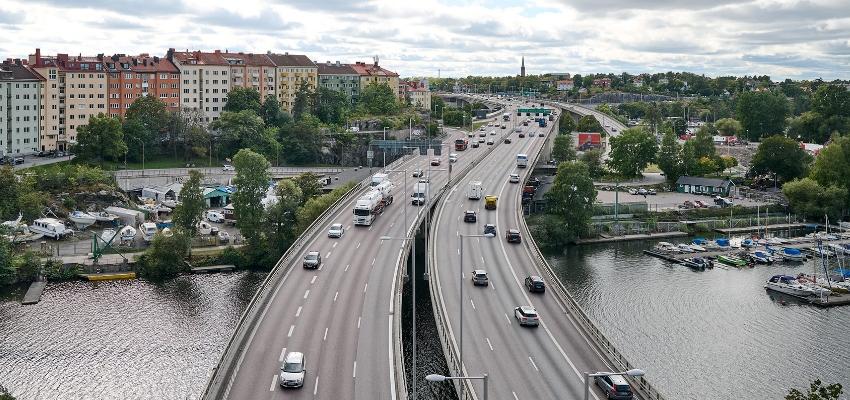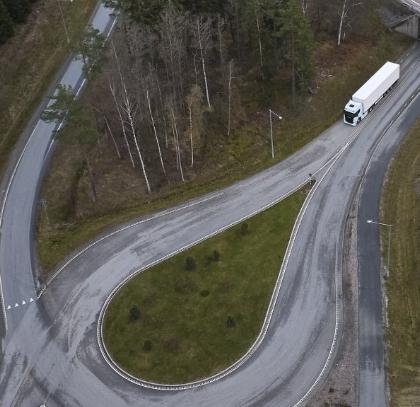
Impact of the EU General Safety Regulation on Your Vehicles and Business
May 1, 2023Starting July 2024, all vehicles registered in the European Union are required to adhere to the new EU road safety directive known as the General Safety Regulation (GSR).
The EU’s ‘Vision Zero’ initiative aims to eliminate fatalities and serious injuries on European roads by 2050, and the GSR is a component of this effort. It also creates the legal foundation for the acceptance of automated, fully self-driving cars in the EU region and conforms with directives from the United Nations Economic Commission for Europe.
Starting from July 2024, all newly registered trucks and buses manufactured for the European market must incorporate eight distinct automatic driver assistance safety features, as mandated by the new regulation which took effect in July 2022.
Additionally, the legislation mandates the inclusion of three more safety functions that must be incorporated by 2026 and 2029.
Why is the GSR needed?

The EU’s General Safety Regulation (GSR) addresses safety concerns and responds to the emergence of digital technology for both manual and autonomous vehicles.
In 2021, there were nearly 20,000 fatal road accidents in the EU, making safety a top concern. Heavy vehicles were involved in approximately 14% of these accidents, which is a disproportionate number considering their percentage of total road traffic.
The majority of accidents, up to 90%, are caused by human error. The most frequent types of accidents include:
- rear-end collisions between cars and commercial vehicles,
- collisions between a turning truck and a cyclist who is travelling alongside, but intends to continue straight ahead,
- and accidents involving pedestrians crossing the road in front of a vehicle.
Given the aforementioned factors and the ever-increasing complexities of modern traffic, it is imperative that drivers receive automated technological assistance to ensure the safety of themselves, other road users, and pedestrians.
In addition to the human impact, an accident can have a major economic impact on a transportation business. When a vehicle is out of commission for several days or weeks due to repairs, it can result in costly downtime. Moreover, the business may have to bear the insurance cost associated with the claims arising from the accident.
Advanced driver assistance systems (ADAS) have been introduced by several truck and bus manufacturers, including Scania, to provide drivers with more support on busy roads worldwide. ADAS technology also plays a crucial role in autonomous vehicles. The GSR will regulate these systems, ensuring that a set of safety measures is in place.
The eight mandatory safety feature requirements
- Emergency stop signal: A flashing light that alerts other road users behind the vehicle that the vehicle is abruptly slowing down or braking heavily.
- Tyre pressure monitoring system: A system that constantly checks the pressure of all the tyres while the vehicle is in use and warns the driver if a tyre is underinflated or overinflated.
- Blind-spot information system: This system warns the driver of potential collisions with pedestrians and/or bicycles beside the vehicle, and it operates at low speeds.
- Reversing information system: Camera and/or sensor technology that provides the driver with a view of any objects or people behind the vehicle when they are reversing.
- Moving off information system: Warns the driver of potential collisions with pedestrians and cyclists in the forward blind spot of the vehicle.
- Alcohol interlock facilitation installation: A standardised interface that allows the installation of various aftermarket alcolock devices, preventing drivers who are over the drink-driving limit from driving their vehicle.
- Driver drowsiness and inattention warning: Alerts the driver if the system detects that they are becoming less alert and may be getting tired.
- Intelligent speed assistance: Warns the driver if they are exceeding the speed limit by using cameras and GPS-linked map databases.